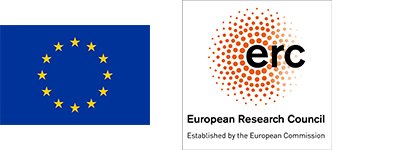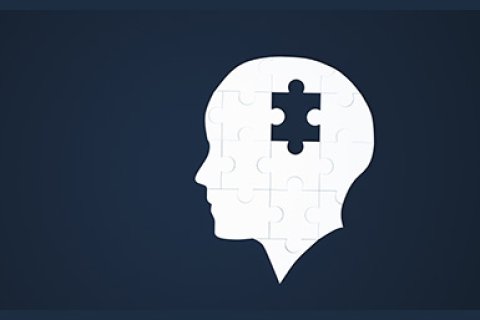The mental economy: testing a dynamic trade-off between internal storage and external sampling


ERC Consolidator Project Homeostasis
While interacting with the external world, the brain can only represent very little of this world in working memory (WM). WM is therefore generally referred to as a limited-capacity system. This limitation is not a problem in daily life, however, because the external world typically remains available and can be accessed relatively easily. The current dominant theory of WM does not explain how the brain balances between internal storage and external sampling, as this theory exclusively relates to situations in which the remembered information is no longer physically present. The HOMEOSTASIS project is motivated by the idea that WM should be studied in interaction with the world that is still within view.
HOMEOSTASIS will develop a new theoretical model of WM based on an internal mental economy: we propose that WM maintains a perceptual homeostasis by dynamically trading the costs of accurate internal storage against external sampling of the external visual world. Whereas current research on WM has a strong focus on its maximum capacity, this capacity may hardly be used as observers prefer to minimize internal storage due to the effortful nature of WM storage.
Our team will rigorously test the model’s theoretical basis using novel experimental paradigms in which WM is studied in interaction with the physically present environment. To decode the current content of WM, we will adopt state-of-the-art electroencephalographic decoding techniques. Finally, we will investigate patients with restricted deficits to specific components of the model and use machine learning techniques to discover biometric signatures in eye movements.
This new model of WM will open a new window to diagnose WM disorders and for understanding how we interact with computer-manipulated virtual environments in an increasingly computer-dominated world.

